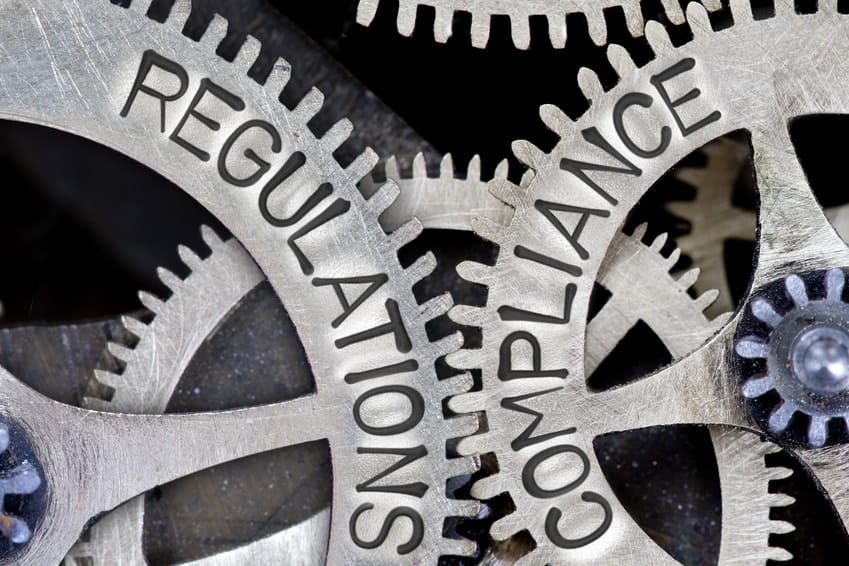2007 doesn’t seem all that long ago, that is, until you stop and think about it, especially for those of us with a few more years under our belts than we’d care to admit.
In the last 10 years a lot has happened, especially in terms of technology. I mean, no one’s using a Motorola Razor any more, or running about with an iPod Shuffle, so why would you keep a physical server running for 10 years without replacement? It may shock you to know many businesses do just that.
There is a tendency in the IT world to think of technologies like Exchange Server 2007 and Windows Server 2008 as “relatively recent” by no means bleeding edge, but new enough that they don’t yet require replacement. Unfortunately, this is no longer the case: on April 11, 2017, Exchange 2007 reached end-of-life.
So what are the impacts of continuing to run Exchange 2007?
- Security – now that the product has reached end-of-life, Microsoft are no longer releasing security updates for it. Any vulnerabilities that existed in the final product version before end of life will continue to remain open to exploitation.
- Stability – similar to the above point, any bugs that existed in the final version will not be fixed by Microsoft. In addition to this, Microsoft will not provide support for any unexpected issues that may arise.
- Functionality – this is a big one, and if I listed every single bit of extra functionality that has been introduced in newer versions of Exchange and Office 365 (Exchange Online), I would be writing for days. Some standout points are:
-
- Document collaboration – when you attach an item to an email via Outlook on the Web (previously known as Outlook Web Access), you can choose instead to upload it to OneDrive or a Sharepoint Library, enabling multiple staff members to work on the same, up-to-date document. Different staff editing different copies of the same document and then trying to reconcile differences is a problem of the past.
- Data Loss Prevention (DLP) – this is a great one for financial organisations, or any business that deals in sensitive information. This is a flexible tool, and can help educate users on security risks like sending credit card details via email, or customer lists as attachments.
- In-place Archive, retention and eDiscovery – a great feature for any organisation with strict compliance and regulation requirements. This gives your business the ability to ensure that whatever information you’re legally obliged to keep, can be.
The great news is that along with newer versions of Exchange, Microsoft is making it much easier to migrate from Exchange on-premises environments to Office 365, or to maintain a Hybrid (a mix of on-premises and cloud-based services) setup if that makes more sense for your business.
If you’re worried about what to do with your existing Exchange 2007 environment, want to discuss migration options, or just want to hear more about newer features available, please feel free to reach out.
If you’re looking for consultancy services to help align IT solutions with business requirements, contact Starboard IT to find out what we can do for you.


